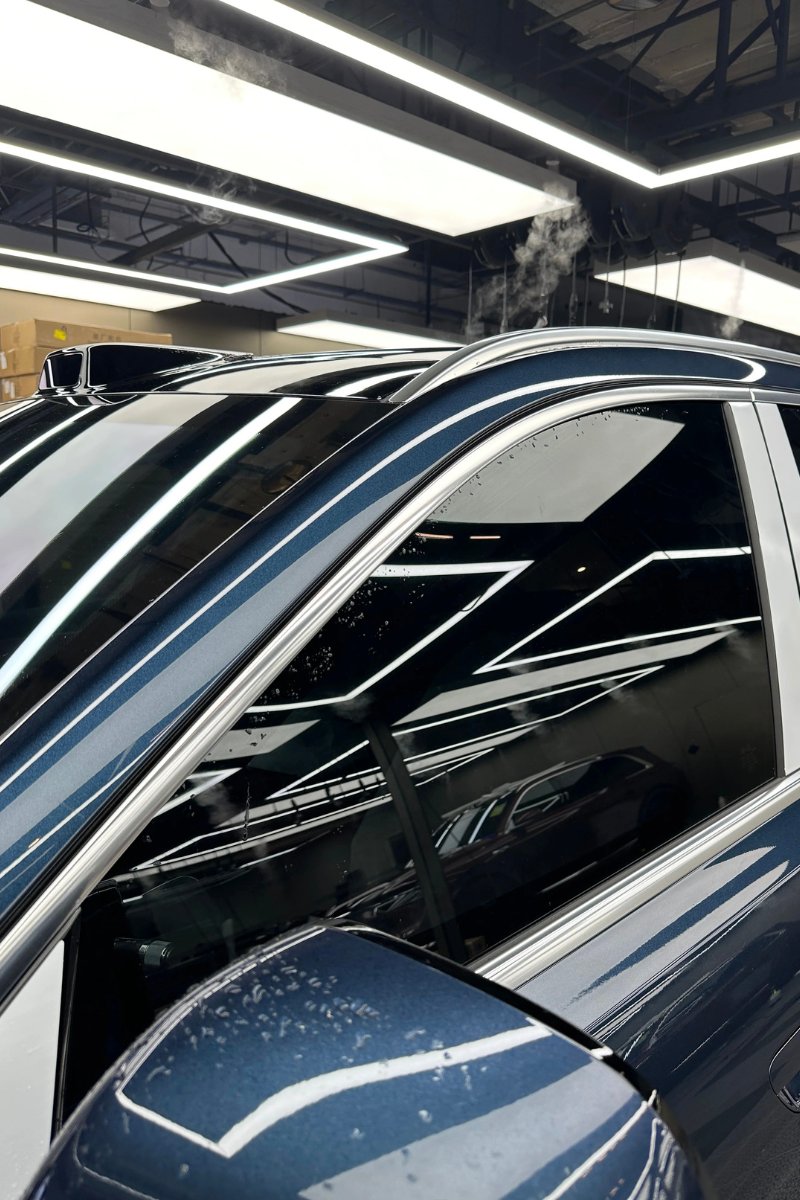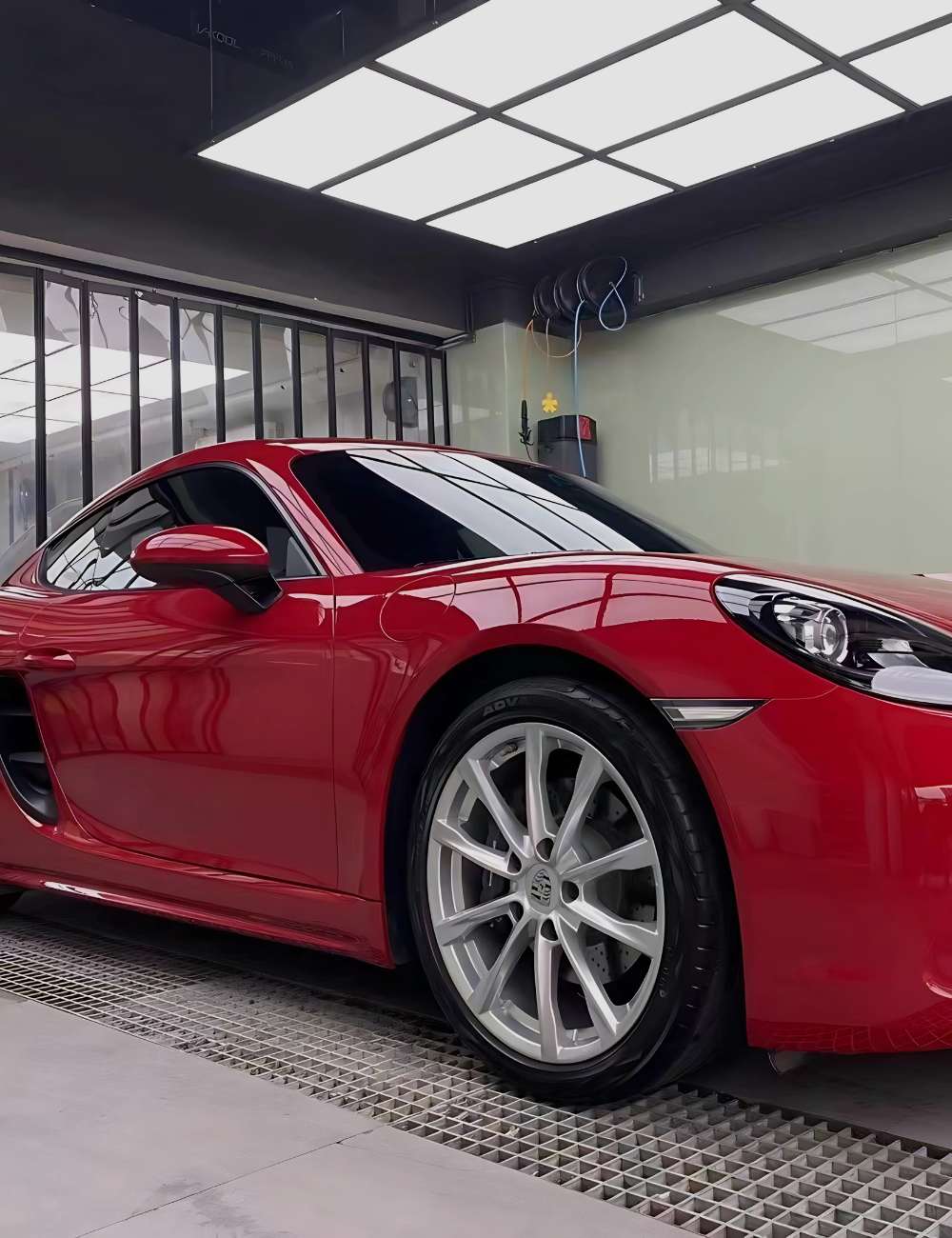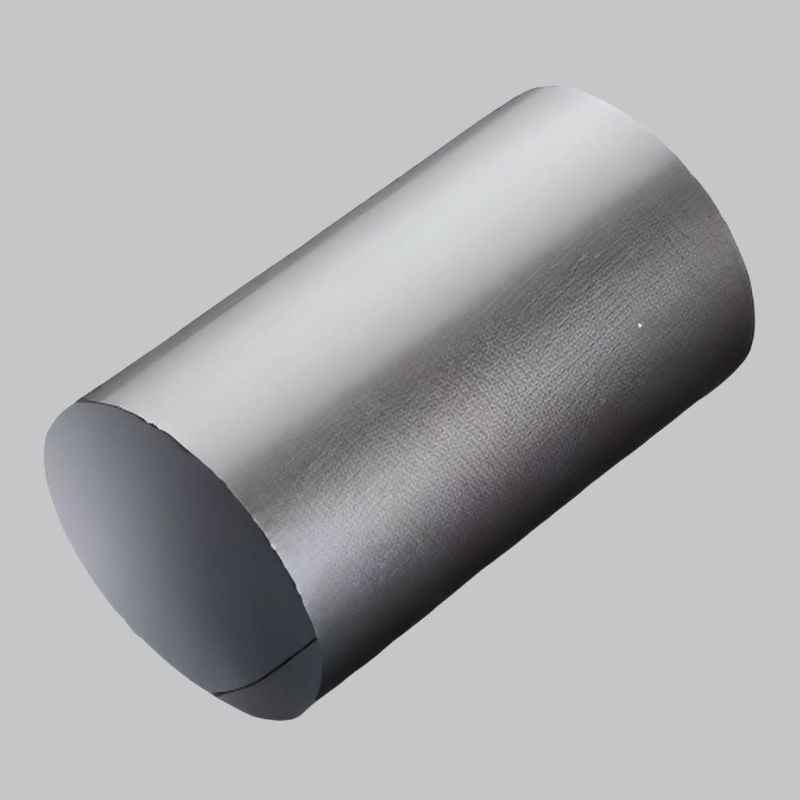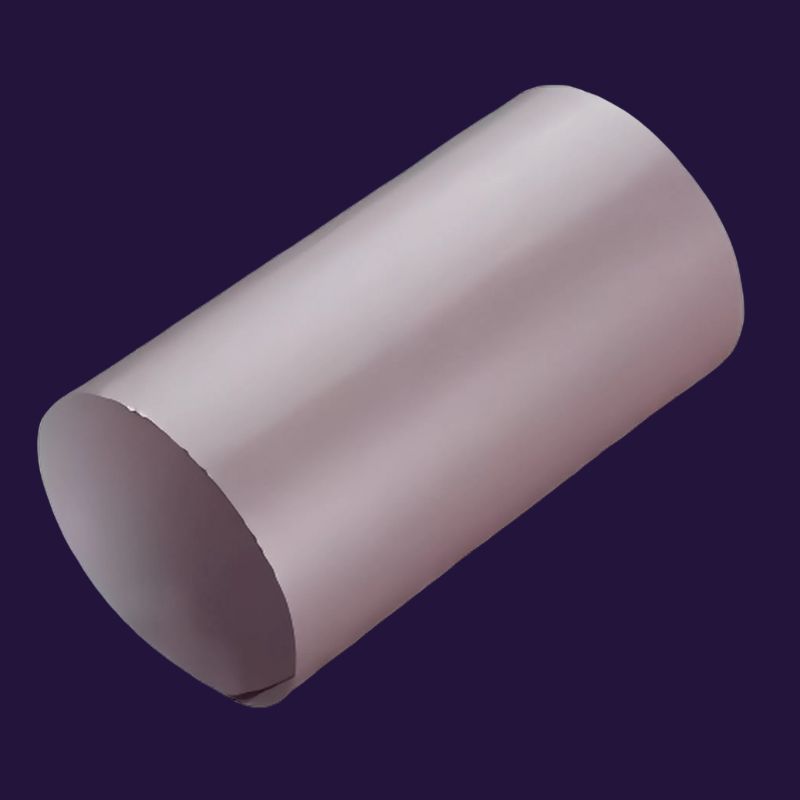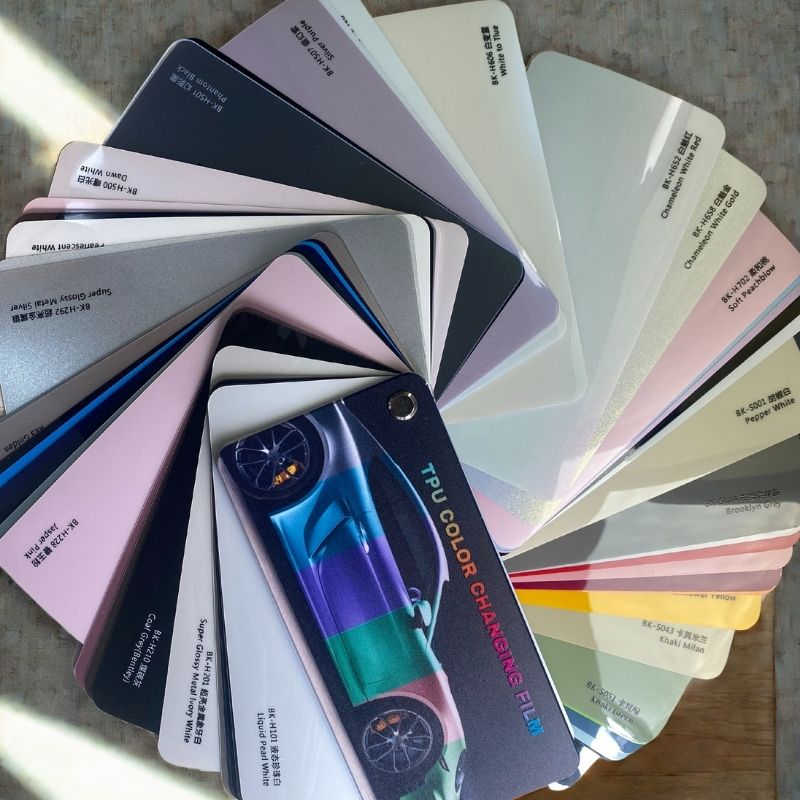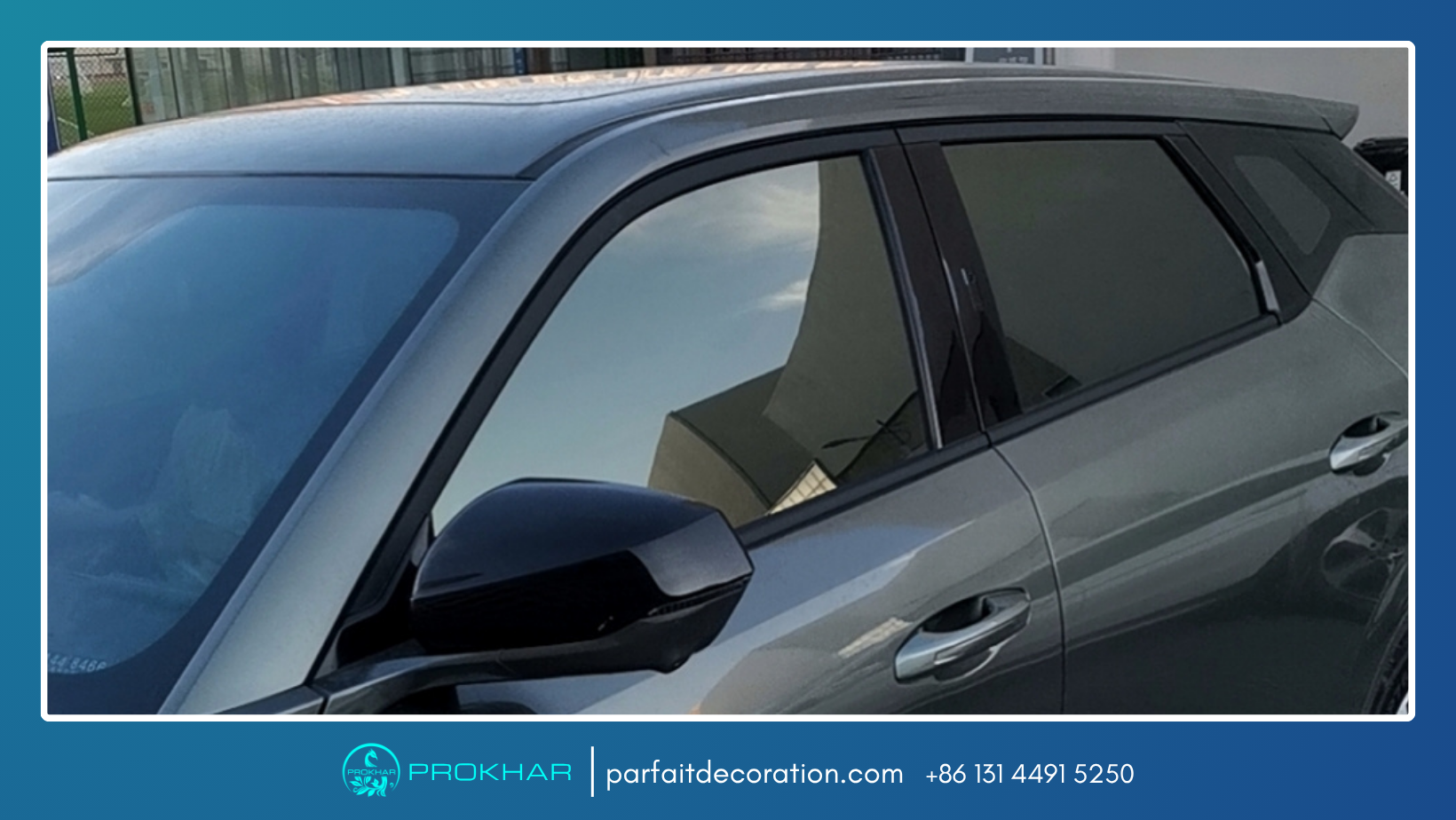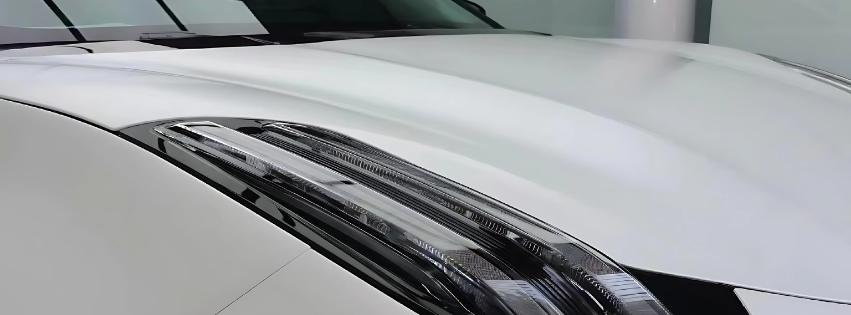
Partner With Us
Partner with PROKHAR, the premium film brand from Parfait Decoration International. We craft PROKHAR wrap, high-performance car PPF and precision car window tint solutions engineered for professional detailers, distributors and trade customers. As a trusted PPF supplier and tint distributor to 30+ countries, we deliver factory-grade consistency, bespoke design services and wholesale flexibility so partners protect vehicles, increase margins and grow market visibility.
Our Core Business
We deliver repeatable quality and aesthetic impact so shops and distributors can sell performance and style, together.
Design-Led Differentiation
Transform protection into profit — bespoke car-wrap designs and limited-edition finishes that help detailers and dealers upsell and stand out on social media.
End-to-End Supply Chain Control
From raw materials to finished rolls, we coordinate coatings, adhesives and manufacturing to guarantee consistent specs, traceability and reliable lead times.
Global Export Reliability
Serving 30+ countries with compliant logistics and regional partners — dependable shipping, documentation and local support for large PPF orders and bulk rolls.
Factory-Grade Consistency & Performance
Standardized production lines and stringent QC ensure PROKHAR PPF and tints deliver repeatable installation performance, low returns and clear warranty proof points.
Wholesale Flexibility & Competitive Commercials
Transparent MOQs, scalable roll sizes, and trade pricing designed for distributors — optimized for margin, inventory velocity and project bidding.
Partner Growth & Support
Help partners reduce rework, increase ARPU and accelerate local market penetration.
⭐⭐⭐⭐⭐
"La qualité des films Perfecta est exceptionnelle. Ils sont faciles à poser et très résistants. Nos clients sont ravis, et nous aussi !"
Pierre

⭐⭐⭐⭐⭐
"Los productos de Perfecta son de una calidad excepcional. En mi taller siempre confiamos en ellos por su durabilidad y fácil instalación. ¡Recomendadísimos!"
Fernández

⭐⭐⭐⭐⭐
"Perfecta's PPF is a game-changer for our detailing shop. The quality is unmatched, their customer service is top-notch too!"
James

⭐⭐⭐⭐⭐
"Le pellicole protettive di Perfecta sono fantastiche! Offrono una protezione eccellente ed è stato un piacere lavorare con il team. Altamente raccomandato."
Morelli

⭐⭐⭐⭐⭐
"Die Qualität der PPF-Folie von Perfecta ist beeindruckend. Unsere Kunden sind begeistert von der Langlebigkeit und dem Schutz. Der Versand war schnell und gut organisiert. Vielen Dank!"
Miller

⭐⭐⭐⭐⭐
"منتجات بيرفيكتا مذهلة، الجودة فائقة والتحمل رائع. فريق العمل محترف جدًا والتعامل معهم كان سلسًا. أنصح بشدة!"
Ahmed

Recomended Products
Affordable Elegance, Luxury For AllRead Our Latest News
Exploring Perfecta FilmsWant exclusive partner terms?
Regional pricing protection, OEM options and partner support available — request a bespoke partner quote.



